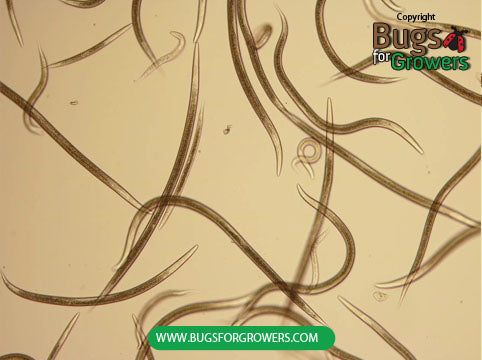Filbertworm
Damage caused by the Filbertworm
All the larval stages of filbertworm larvae destroy hazelnuts by directly feeding on their kernels inside the nuts.
Facts (show all)
- Common names
-
- Filbertworm
- Scientific name
-
- Cydia latiferreana
- Identification
-
Adults: Moths of filbertworm are dark reddish gray in color with golden band across forewings.
Eggs: Eggs of filbertworm are creamy white in color.
Larvae: Mature larvae of filbertworm are whitish in color with yellowish brown head capsule and about 15 mm long.
Pupae: Pupae of filbertworm are dark brown in color.
- Biology
-
Filbertworm overwinter as larvae in silky cocoons under leaf litter and cracks in the tree bark or sometime in the soil where they pupate. Then adult moths begin emerging from pupae from June through October. After mating, female moths lay eggs singly near developing young hazelnuts. These eggs hatch within 10-12 days into small larvae that burrow into the nuts and start feeding on the kernel. These larvae continue feeding inside the nuts for over 2 weeks and then exit the nuts for overwintering or pupation in the soil or under leaf litter and life cycle continues.
- Organic Control of the Filbertworm
-
- Following beneficial bugs are used for organic control of Filbertworm.
- Beneficial Nematodes
-
- Steinernema kraussei
- Steinernema carpocapsae


